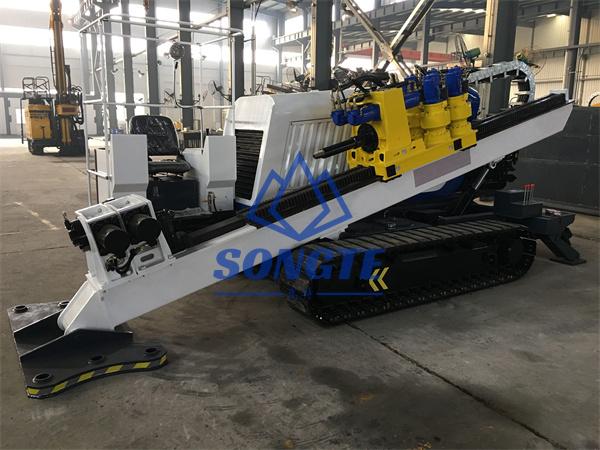Knowledge about Horizontal Directional Drilling Rigs
Horizontal directional drilling (HDD) is a trenchless technology used for the installation of underground utilities, such as pipelines, Câbles, and conduits. An HDD rig is a piece of heavy equipment that drills a curved path underground, allowing for the installation of utilities without disturbing the surface above.
HDD rigs are designed to operate in a variety of soil conditions, including rock, sable, argile, and gravel. The rig consists of a drill stem, which is made up of drill rods and drill bits, and a drilling fluid system, which helps to remove cuttings from the borehole and lubricate the drill stem. The rig also includes a tracking system that allows the operator to steer the drill in the desired direction and maintain a specific depth.
HDD rigs can be classified into several categories based on their size, power source, and drilling capacity. Small HDD rigs are typically used for residential and small commercial projects, while larger rigs are used for larger-scale infrastructure projects.
SHDD-35 Foreuse directionnelle horizontale sans tranchée HDD Driller

HDD has several advantages over traditional open-cut excavation methods, including reduced environmental impact, minimal disruption to traffic and local communities, and increased safety for workers. De plus, HDD can be more cost-effective than traditional excavation methods in certain circumstances, such as when drilling through environmentally sensitive areas or in densely populated urban areas.
Overall, HDD rigs are an important piece of equipment in the construction and installation of underground utilities, and are widely used in the construction industry.
 Songtemachine
Songtemachine
